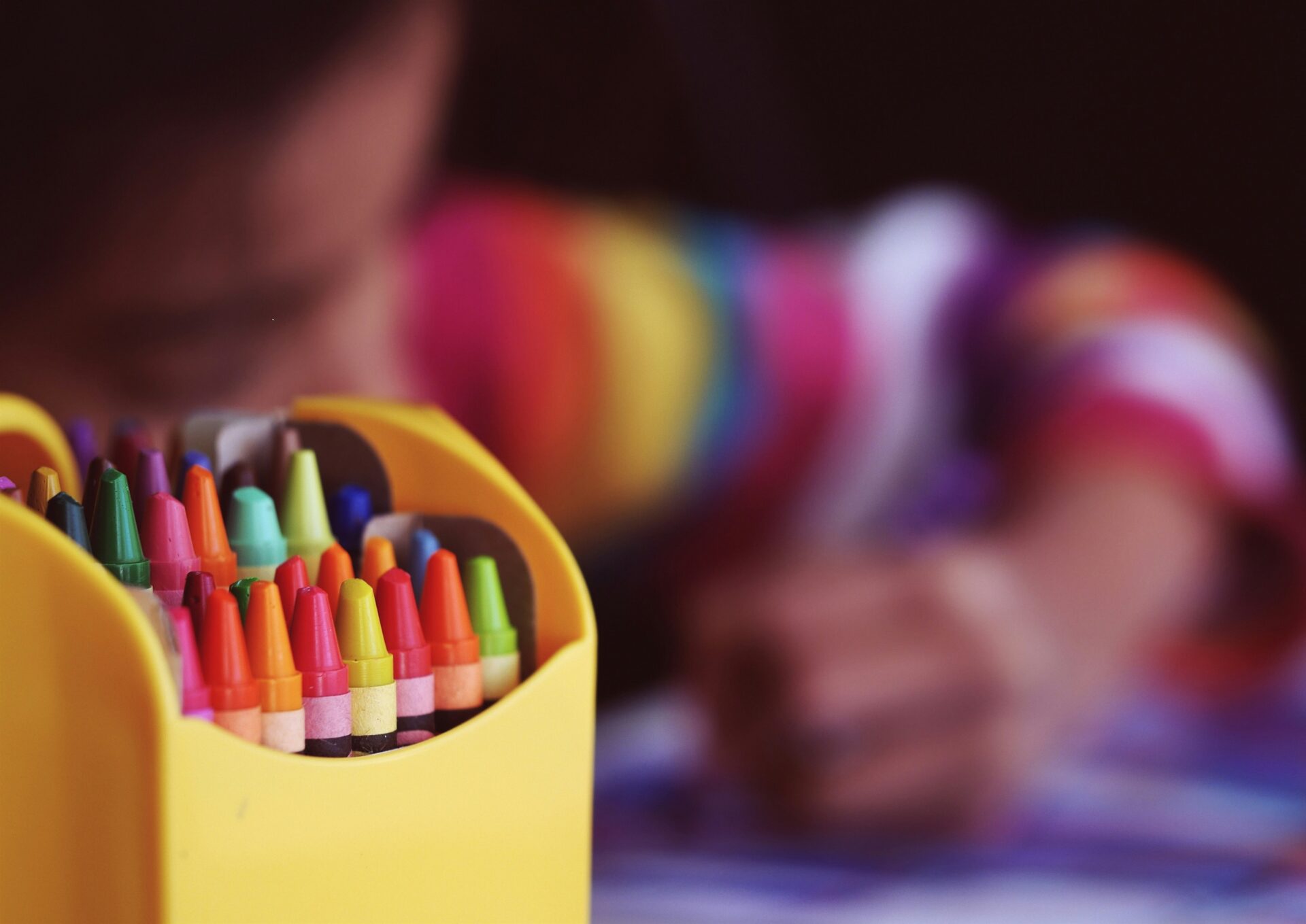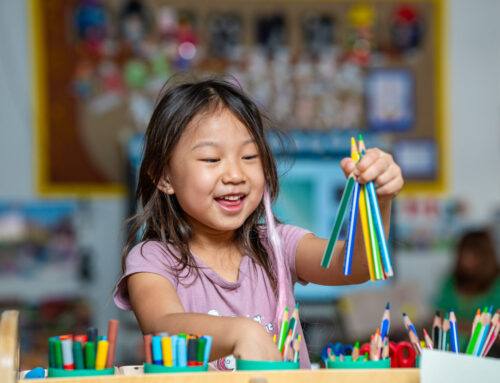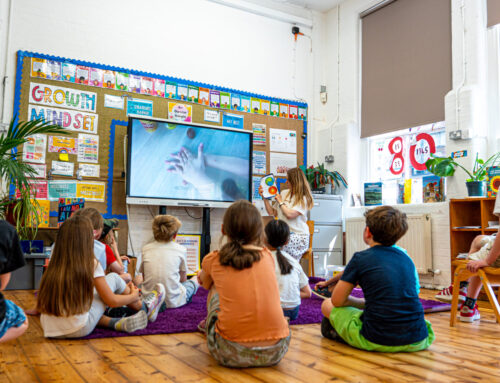Every child learns in their own way. For some, the classroom feels like a natural extension of their curiosity; for others, it can be a place filled with challenges as well as opportunities. For children on the autism spectrum, learning experiences are often shaped by unique needs and perspectives. With the right environment, these children can not only thrive but also enrich the entire classroom community.
At Dallington School, we believe education should celebrate individuality. Our progressive approach is built on the principle that every child deserves the chance to learn in a way that feels right for them. This philosophy is particularly well suited to supporting autistic children, while also benefiting all learners in our care.
How Autism Can Affect Learning
Autism is a spectrum, which means that no two autistic children will learn in exactly the same way. The method of diagnosis, which divided autism into five subcategories and was known as DSM-4, meant that many autistic children were treated as having the same needs, which is far from the case. Some may find social interaction overwhelming, while others may thrive in group work but struggle with changes in routine. Sensory differences are also common, making the bustle of a traditional classroom either energising or distracting. Fortunately, the DSM-5, released in 2013, redefined autism as a spectrum and made realising that all children, autistic or otherwise, are unique in their needs and preferences.
As a condition, autism can have a profound effect on a child’s learning experience. For many autistic children, the biggest challenge is not their way of thinking, but rather how rigid educational systems respond to it. Mainstream approaches, often focused on uniformity and standardised outcomes, can make it harder for children with different learning profiles to show their strengths.
However, when we view autism as part of the natural diversity of human minds, the focus shifts. The question is no longer “How do we fit a child into a system?” but rather “How do we shape education around the child?”
How Education Can Be Adapted for Autistic Students
For neurodivergent children, especially those with autism, adaptations should be made to ensure they get the best out of their education and are given just as much opportunity to thrive as their peers. This includes factors such as:
Clear Structure with Room to Explore
Autistic learners often benefit from predictable routines that reduce anxiety and help them feel secure. This not only helps them feel more comfortable, it actively benefits their learning. A study by Grenier and Yeaton in 2011 found that, in the context of physical education (PE) specifically, previewing lesson content with autistic students helped them participate more and also develop greater trusting their teacher. Ensuring that an autistic child knows what to expect from their lessons helps them prepare ahead of time and engage more.
At the same time, opportunities for creativity and curiosity-driven projects allow students to express themselves and build independence. Cross-curricular topics are great for this and form a key component of our own curriculum here at Dallington. Linking subjects together in meaningful ways and exploring them from different perspectives helps autistic children to appreciate the viewpoints of others, as well as feeling that their own is valued.
Multi-Sensory Learning
Not all children learn best through words alone. Using visuals, movement, and hands-on activities can make lessons more engaging and accessible. For autistic children, this flexibility helps information “stick” in ways that feel natural to them. Stimulating the senses can help to solidify learning by creating more neural pathways and helping the brain to form associations and improve retention. For example, building words with magnetic letters as opposed to simply copying them offers additional stimulation that engages students and aids their learning.
Quiet and Supportive Spaces
For some students, a busy classroom can sometimes feel overwhelming. Providing calm areas where children can take a moment to reset helps them regulate emotions and return to learning with renewed focus. Knowing they have a ‘safe space’ where they can retreat to should they need to gives students that struggle with social and sensory issues an escape route that reduces their anxiety and makes them feel safer at school. This not only supports their ability to learn, but also to help regulate and manage their emotions.
Learning at an Individual Pace
Progress looks different for every child. When teachers allow children to move forward when they are ready, rather than to a fixed timetable, confidence grows and frustration decreases. This has benefits both in and outside the classroom, with children feeling more at ease in school and at home.
Building Strong Relationships
Above all, trust matters. When teachers know their pupils well and respond with empathy, children feel understood, supported, and more willing to take risks in their learning. The aforementioned study by Grenier and Yeaton’s findings are the perfect example of this, where allowing students to preview their lesson before it happens and have an active say in its content vastly improves the student-teacher relationship.
Why a Progressive Approach Makes a Difference
Traditional educational approaches can be quite rigid in their structure, and this can prove challenging for autistic children, especially if that structure does not suit the individual. Even if it does suit one person, it may not suit another since every child is unique. In the case of neurodivergence, this is particularly prominent. This has been a widespread issue for a number of years, and a study by Macdonald et al. in 2017 found there is ‘an urgent need for interventions to develop results that support autistic students in general education’ and that there is a ‘research to practise gap’. In contrast, progressive educational approaches completely address these issues. Here are some of the ways in which that happens:
Child-Led, Experiential Learning
Progressive schools encourage children to ask questions, explore ideas, and lead their own discoveries. This naturally supports autistic learners, who may have strong personal interests or unique ways of engaging with the world.
Creativity is Key
Arts, music, and drama are not “extras” but central to learning. These creative outlets provide powerful ways for autistic children to express themselves and connect with others, often building confidence in ways traditional lessons may not.
Wellbeing and Emotional Growth
Progressive education treats wellbeing as equal to academic progress. By nurturing emotional resilience and celebrating individuality, schools create an environment where children feel safe to be themselves.
Collaboration Across Ages and Abilities
Mixed-age classrooms and project-based learning reduce the pressure of constant comparison. Instead, they foster teamwork, empathy, and adaptability — qualities that benefit autistic children and their peers alike.
Dallington’s Philosophy in Action
At Dallington School, our classrooms are alive with creativity and individuality. Children learn in mixed-age groups, encouraging collaboration and reducing the pressure of comparison. Our teachers take time to know each child personally, adapting lessons to their interests, abilities, and preferred ways of learning.
We place the arts at the heart of the curriculum, because creative expression opens doors for every child — particularly those who may find traditional forms of communication more challenging. Our strong focus on wellbeing ensures that children feel safe, valued, and celebrated for who they are.
This is not an approach designed solely with autistic learners in mind. It is an approach designed for all children, one that naturally accommodates and celebrates difference. By embracing individuality, we create a school community where every child can thrive.
Our Closing Thoughs
Autism is not a barrier to learning but outdated educational models can be. When schools adapt to the needs of the child, rather than the other way around, remarkable things can happen. We are in a time where research has proven the benefit of a progressive approach to neurodivergent children, but widespread practise is yet to catch up. We hope to see this continuing to change.
At Dallington, we see every child as a unique learner, full of potential. By nurturing curiosity, creativity, and emotional wellbeing, we ensure that children on the autism spectrum, and indeed all children, have the opportunity to grow in confidence, resilience, and joy. If you’d like to see how we help all children to thrive, why not join us for a tour or attend one of our open days? Get in touch to book now.





